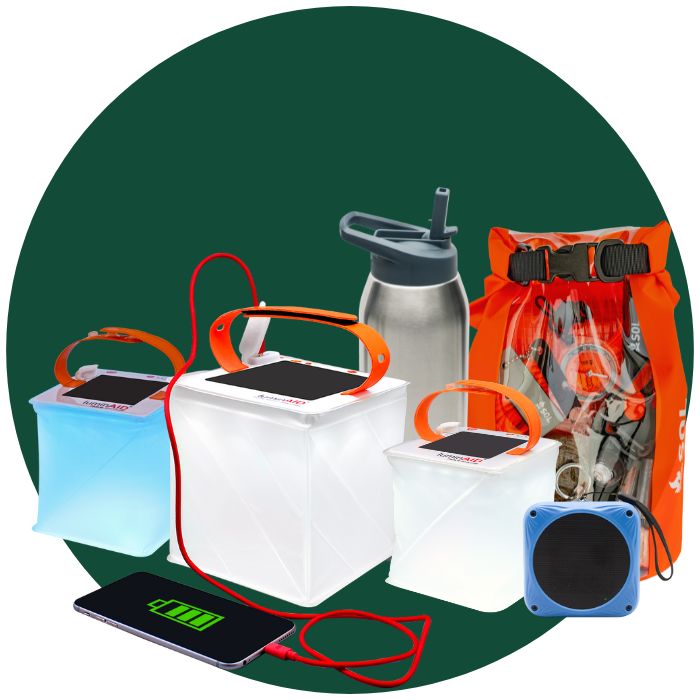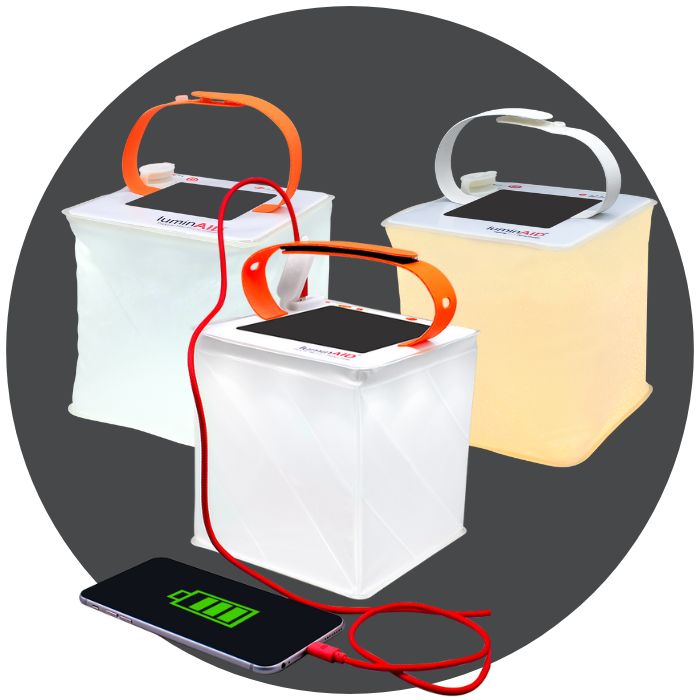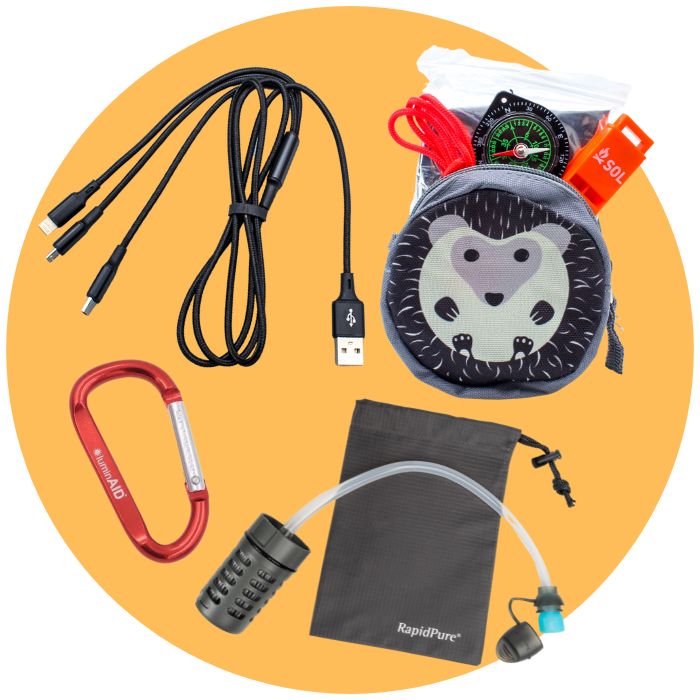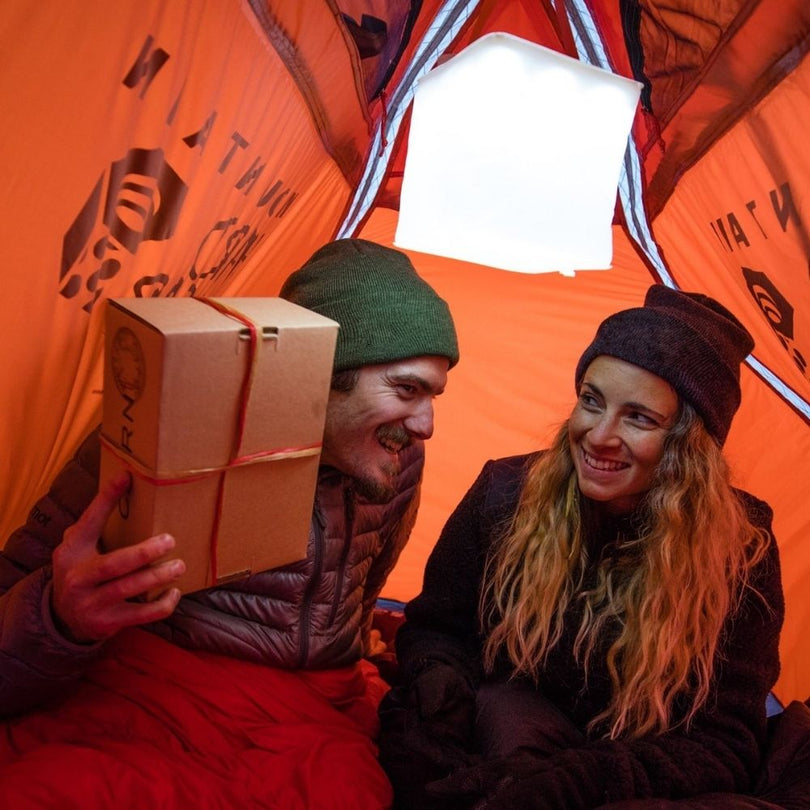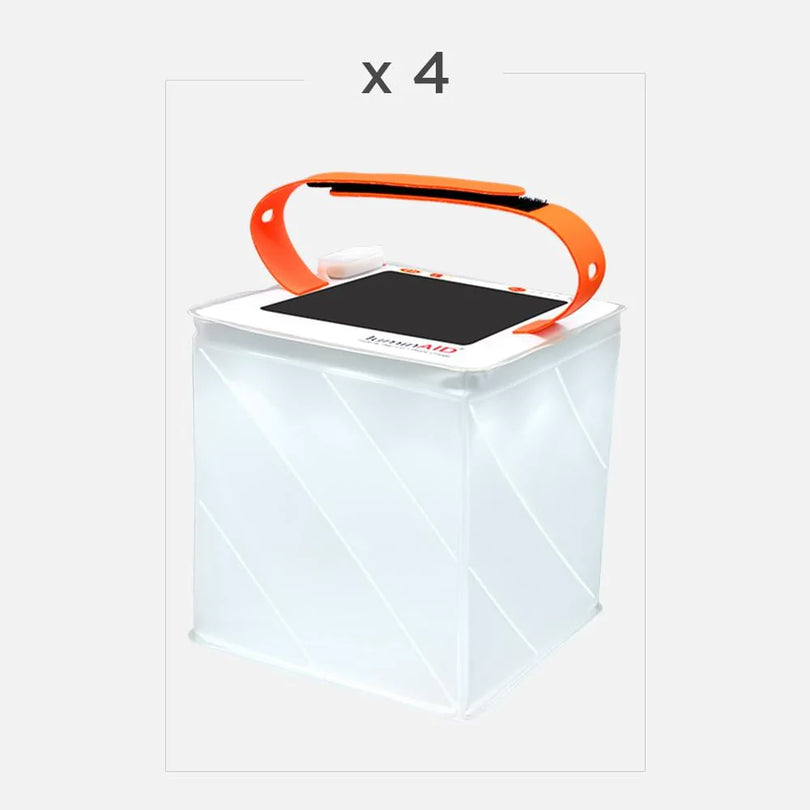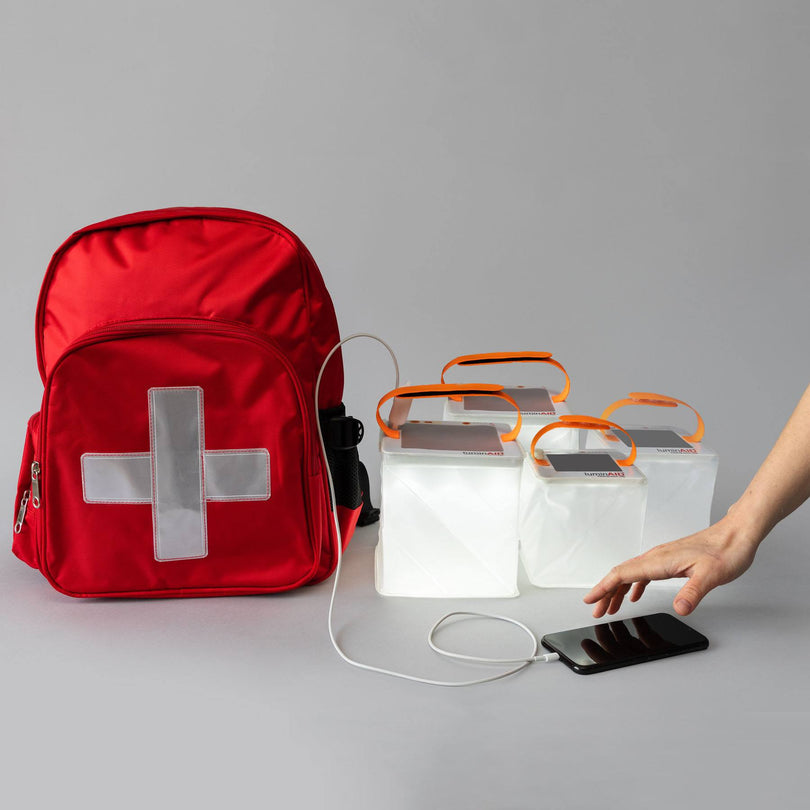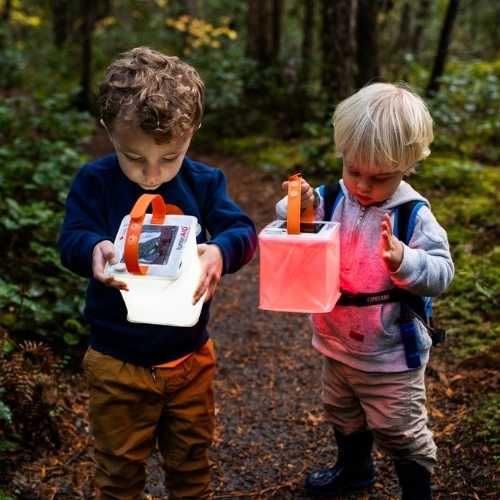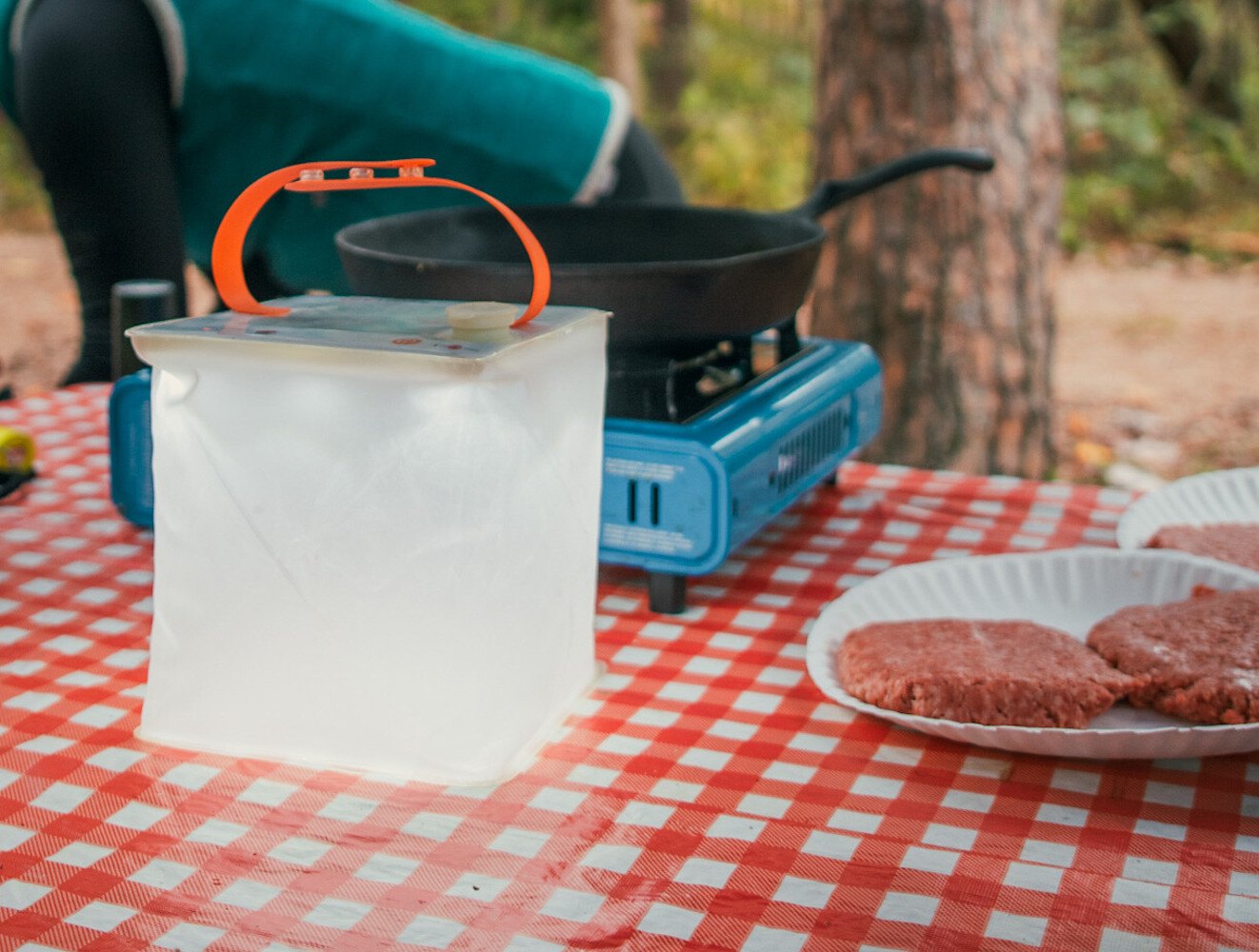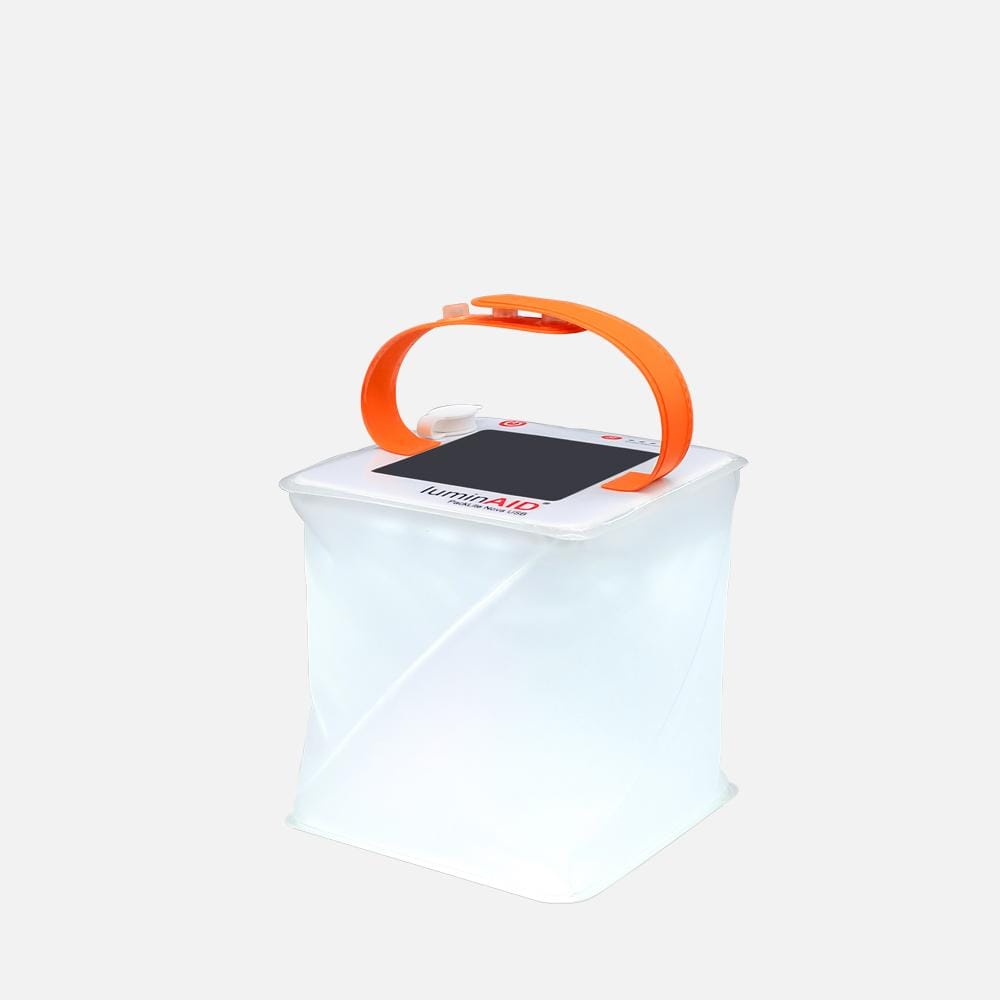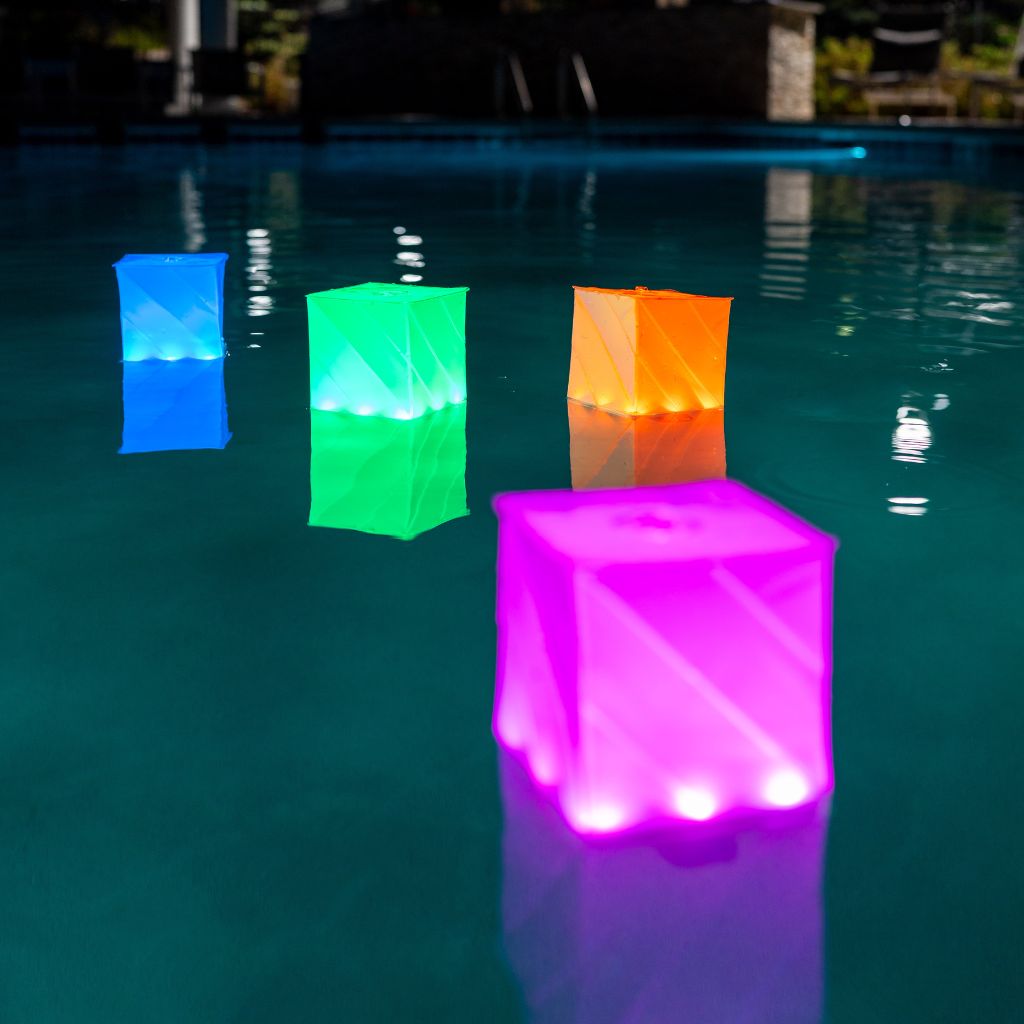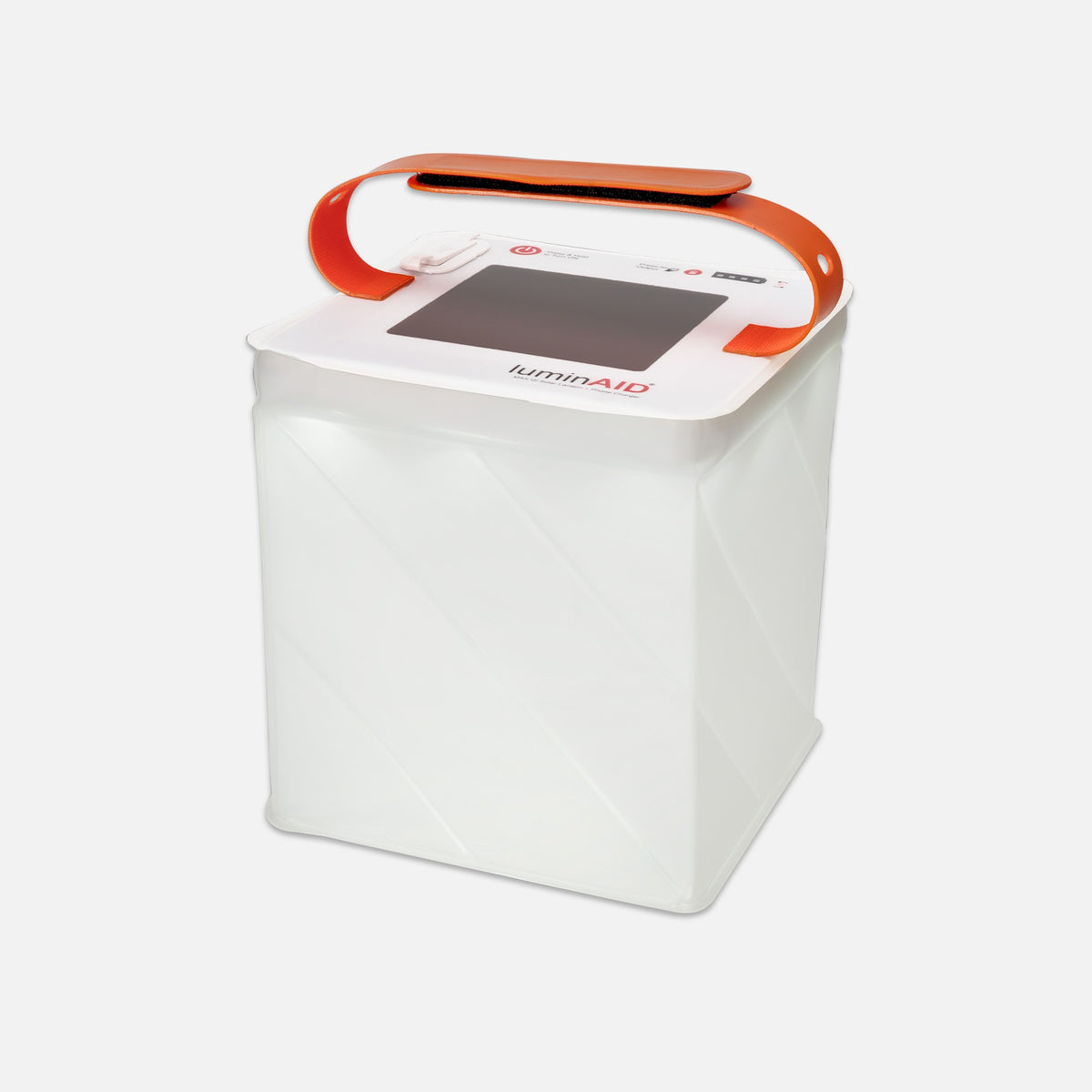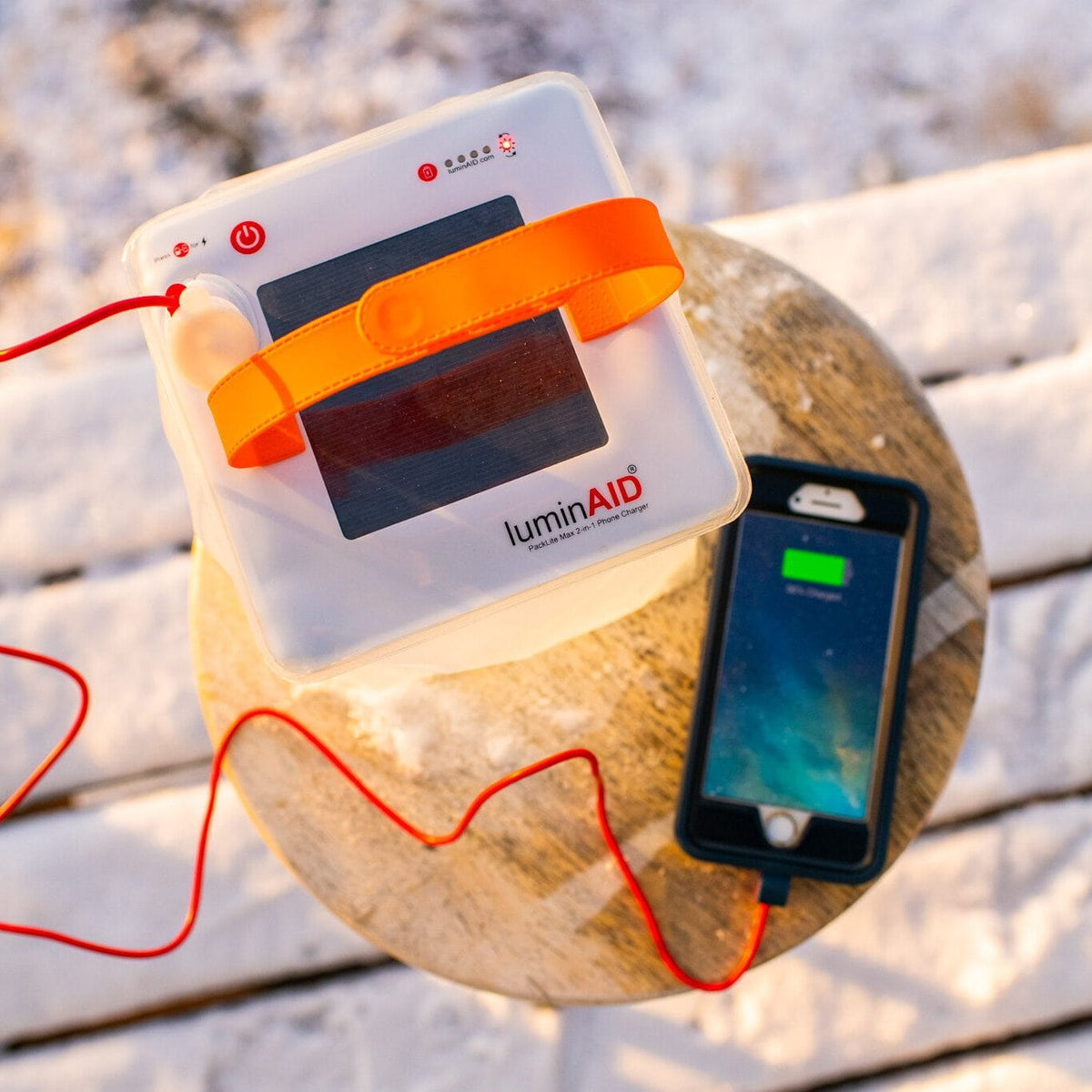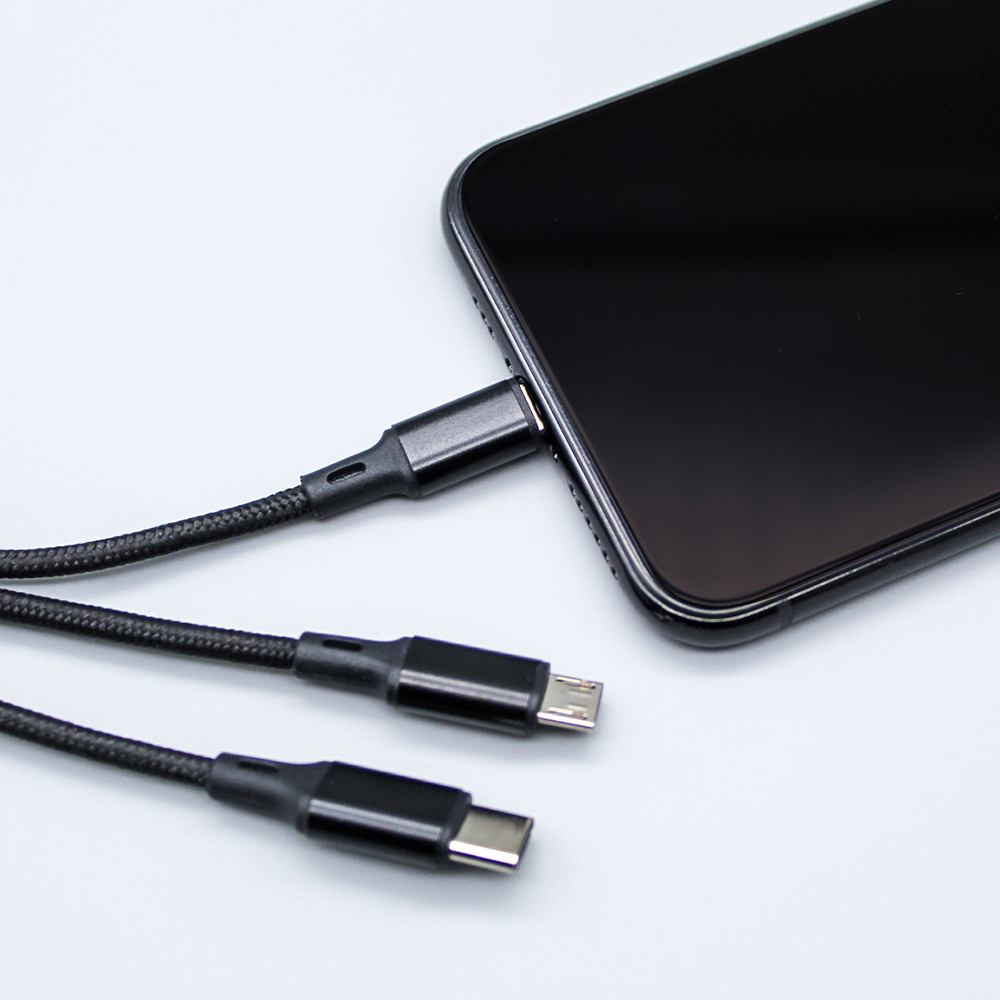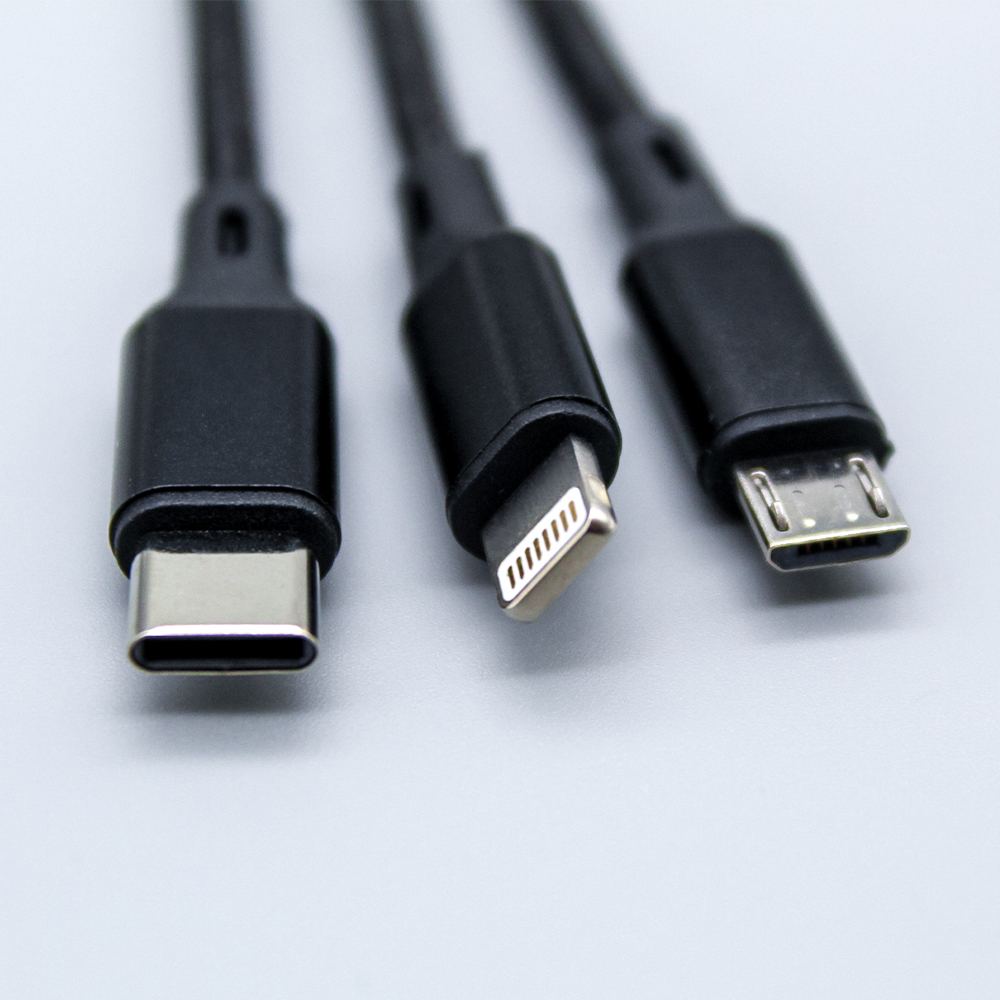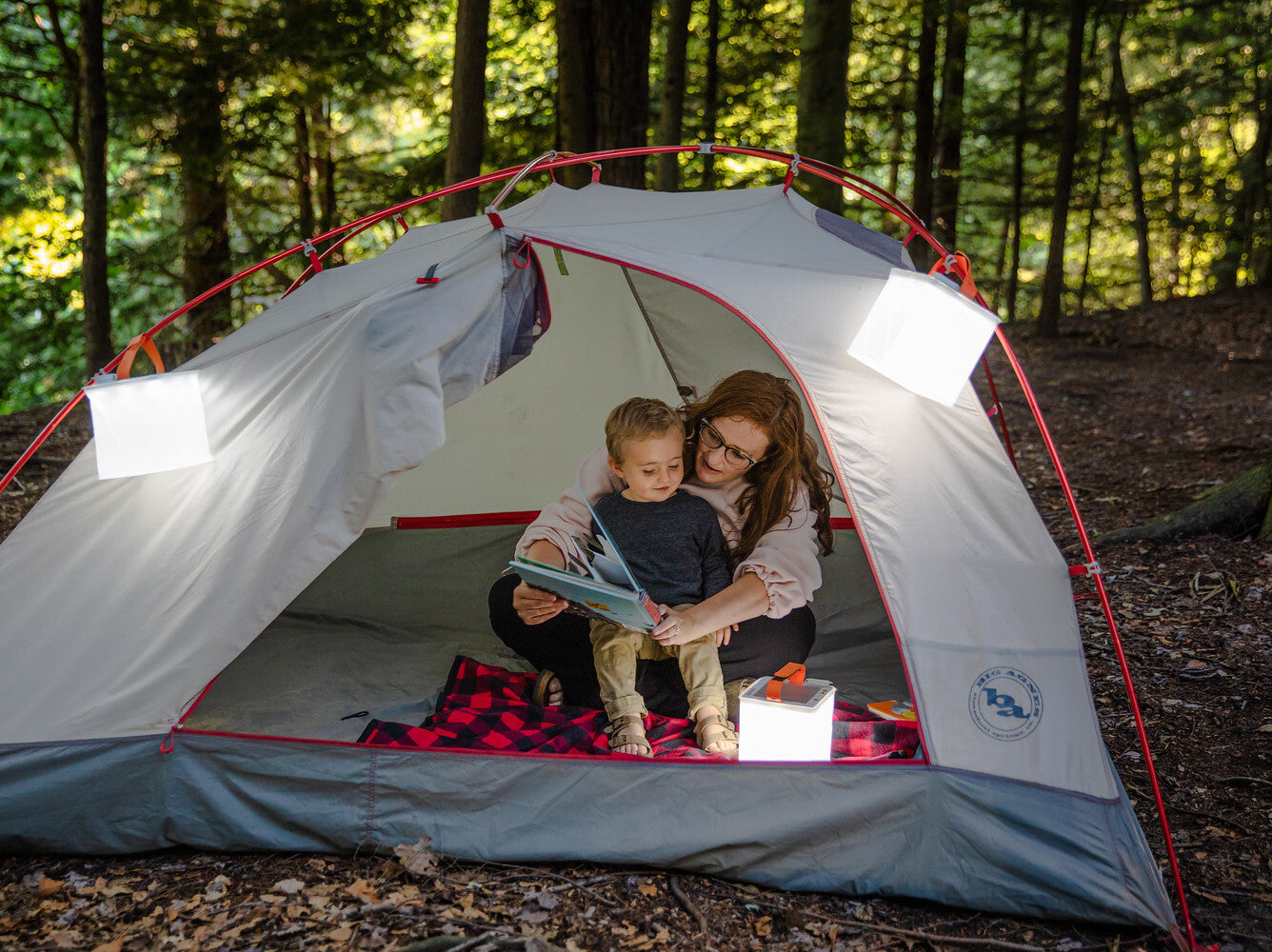Carrying everything you need for a camping trip, including all your food, is quite the challenge. Making sure that your backpacking meals are enjoyable is another task completely. Both are essential for a successful backpacking trip, and meal planning is the key to unlocking the full potential of each.
Here is a guide on what meals and snacks to bring backpacking, as well as some meal prep guidelines for you to consider. We’ll help you lighten your load and boost your energy so you can explore whatever place you’re planning to visit next.
Do you like to cook your meals on the trail? We’ve got lots of recipes for you to try out! There are also plenty of no-cook and prepare-at-home recipes if you prefer a little more downtime before and after meals.
Food is an essential element of any backpacking trip, and it’s important to know exactly what to plan for. This guide is here to help you along with the process, and to get you excited about the endless possibilities of backpacking recipes!
What you’ll learn:
After reading this guide, you’ll know which foods are best suited to bring backpacking, and how to make a stellar backpacking meal plan. You’ll learn about the nutrition facts to focus on for a hiker’s diet, and how to pack food to maximize backpack space.
You’ll have access to many recipes from a variety of cuisines for backpacking breakfasts, lunches and dinners, which you can easily prepare before your trip or on the trail. You will also have brand recommendations for freeze-dried meals, a guide to meal cleanup, and snack suggestions.
How much food should you bring on a backpacking trip?
The short answer: a lot! Backpacking requires much more energy than everyday activities, and you’ll want to have all the fuel you need to get over that next hill (and all the other hills).
This doesn’t mean you need to pack portions like you’re going to be stuck in a cave for three weeks–just be aware of your appetite and pack a bit more food than absolutely necessary. “Carry an extra portion in case you are out longer than expected,” American Hiking Society recommends.
Our suggestions will guide you through the meal planning process and point you towards easy, light, and packable meal options.
What kind of foods should you take backpacking?
Lightweight
Ditch those whole apples and opt for freeze-dried fruit.
The idea itself is pretty intuitive, but make sure to actively consider the weight of every single food item you pack.
High in calories, protein, carbs, fats, fiber, and/or electrolytes
These are essentials for your body to function highly and recover from strenuous activity.
Don’t pick and choose–you need a balance of all of these nutrients to be a healthy backpacker.
High caloric density
You can get more energy from less backpack weight when you choose foods with high caloric density.
Foods such as meat, cheese, and nuts are dense in calories and give you much more bang for your buck than fruits and vegetables alone.

While it’s important to have a balanced diet with lots of fiber that fruits and veggies provide, make sure that you include meals with enough calories to keep you walking that extra mile.
Packable/re-sealable
Space is the other big constraint when backpacking. Avoid Tupperware or cans that will add unnecessary bulk to your pack.
You don’t have to store all your food in plastic wrap and single-use bags. Try reusable alternatives, like silicone storage bags, beeswax wrap, or collapsible food containers.
Also, try to opt for packing options that can be sealed again if you don’t finish your meal. That way, you can save it for a snack rather than letting it go to waste. You also don’t have to worry about anything spilling in your pack!
Shelf-stable
Avoid packing foods that will spoil quickly. This saves you a lot of hassle and stress–it’s never fun to deal with rotten food, especially when you have nowhere to dispose of it.
If you do end up packing food with a short shelf life, plan to eat it on your first day!
Easy to prepare/can be prepared beforehand
This is a big time-saver when you want to get hiking or are tired from the day’s trek.
It’s a lot of work to unpack, wash, and pack cooking equipment every time you want a meal, and it’s why many campers opt for premade camping food or stoveless food options.
This gives you more mobility and flexibility, so you aren’t stuck in place for an hour or more during every mealtime.
Proteins and complex carbs
It is important that your body has enough fuel to take you wherever adventure calls. The most guaranteed forms of energy are protein and complex carbohydrates.
Proteins
- Protein intake is ultimately how you produce energy. It is super important that you bring enough protein on your trip. Protein should make up 12 to 20 percent of your daily calories.
- Easy forms of protein include meat products such as jerky and dairy products such as cheddar cheese and powdered milk. The meat and dairy food groups give your body all of the essential amino acids required for energy production.
- Meat and dairy alternatives include nuts like almonds and walnuts. Legumes (beans, and technically peanuts) are also a great source of protein.

Complex carbs
- Carbs are digested more quickly than protein and fat, giving you instant energy which you will need for backpacking!
- Complex carbs keep you full for longer and maintain your blood sugar levels, unlike simple carbs, which give you a “crash.”
- Complex carbs include brown rice, quinoa, potatoes, corn, and legumes.
Water & Liquids
Consider whether you will be near water sources. If not, pack more than enough water. The American Hiking Society suggests that you carry one liter of water per two hours of hiking–remember you will need more water for cooking and resting time as well.
No matter what, make sure to have carrying capacity for at least two liters of water.
There are two main methods of carrying drinking water: a water bottle and a hydration pack/bladder.- Total Hiker weighs the pros and cons of each, noting that “bladders give the option to sip water on the go without needing to remove a water bottle from a pocket, day-pack, or backpack. This extra convenience means it is possible to drink more water and stay hydrated without even realizing it.”
- However, a water bottle is also a great choice because “the process of refilling the bladder isn't always the easiest, especially if attempting to place the bladder system in an already full backpack.” Also, “a large hydration system is rarely needed on the hiking trails where water is easily sourced and available.”

Make a plan to purify your water with a portable water purifier if you are getting it from a source in nature, ideally one that also includes a filter like RapidPure’s dual-action water purifiers and filters.
Bring electrolytes to dissolve in water–they help regulate your muscle functions during/after a long day’s hike. Also, consider bringing coffee or tea as a pick-me-up in the morning or a comfort drink in the evening.
There are many options for instant coffee! Or you can bring a pourover packet or pack-flat equipment.
Breakfast Meal Ideas
Breakfast burrito
- Tortillas and powdered eggs are super lightweight and packable,
- Add in freeze-dried beans for both extra protein and complex carbs to give you power for the day
- Bring vegetables, cheese, and spices for flavor
- The tortilla keeps everything contained for easy meal cleanup
Oatmeal
- This is a basic but effective backpacking breakfast. It requires no cooking (you can make it with cold water if you don’t want to use a stove) and is very lightweight while providing long lasting energy
- To spice this breakfast up, you could add seeds, nuts, fruit, and yogurt to make the Swiss-German dish muesli
Congee
- Easily packable ingredients and low prep time–you can cook the rice at home
- Add a variety of ingredients for extra nutrition and flavor
Onigiri
- This convenient and tasty breakfast can be prepared at home so it’s ready to eat
- You can make onigiri with many different fillings–salmon is a great high-protein choice
Spam and eggs
- Spam is a great source of protein, and shelf-stable
- You can substitute powdered eggs for fresh eggs if you want a lightweight and packable option
- Rice is easy to prepare beforehand, or to leave out if you want a bare-bones breakfast
Spanakopita
- Feta cheese is full of protein, and spinach provides lots of nutrients
- Make at home for an easy no-cook breakfast on the trail
- Leftovers are great as a snack!
Trail pancakes
- Great if you want to take a little extra time to make something yummy in the morning
- All ingredients are lightweight in dry form
- If you want to use wet ingredients, you can prepare the batter at home and bring it along–just make sure to use it within the first day so it doesn’t spoil
- Add dried fruit to the batter for extra flavor

Lunch Meal Ideas
Tortilla wraps
- Tortillas are lightweight, packable, and versatile
- There are so many options for fillings, such as peanut butter, beans and rice, hummus and bell peppers, and tuna salad
- No plates or utensils required–eat on the go
Chickpea Samosas
- Herbs and spices make this cold meal refreshing
- Chickpeas are a complex carb and provide some protein as well
- You can either make at home or buy and bake before your trip
Smoked Salmon with Crackers
- Salmon is high in protein, which is essential for a midday hiking meal
- Smoked salmon is shelf-stable when sealed correctly, but must be eaten or refrigerated soon after opening
- You can make your own smoked and candied salmon at home, but salmon prepared with these at-home methods must be refrigerated, so if you choose to make it yourself, eat it during your first day on the trail
Hummus and Falafel Pita Sandwich
- Hummus and chickpeas are great sources of protein and complex carbs
- Pita is lightweight and easy to store
- Make the falafel yourself
- No plates or utensils required–eat on the go
Bibimbap
- If you want to stop and cook for lunch, try this Korean dish!
- Instant rice and freeze-dried meat and veggies will make this meal packable, and fuel you for the hike ahead
- Prepare the sauce at home so it will be ready to go when you need it

Dinner Meal Ideas
Instant Noodles
- Instant noodles are extremely lightweight and easily elevated by seasonings and proteins
- Easy to prep on the go, just add water
- Many different flavor combinations, like Pho Ramen
Curry and Rice
- Most ingredients can be mixed together in a single bag beforehand for easy prep at the campsite
- Use freeze dried chicken and instant rice for lightweight and shelf-stable options
- This base recipe has many variations and you can easily add vegetables or make it vegetarian
Jamaican Red Pea Soup
- High protein and complex carb content as well as the hardy broth make this a great dish for recovery from demanding physical activity
- Spices and dumplings can be prepared beforehand, and you can opt for freeze-dried meat as a shelf-stable alternative
- This recipe has lots of room for experimentation while maintaining strong base flavors
Quinoa with meat and veggies
- Quinoa is lightweight and a great source of complex carbohydrates
- Combine it in one pan with meat and vegetables for a filling meal with robust flavors
- You can prepare this meal at home and store it in a packable container for the trip, or bring freeze-dried meat and veggies for on-the-trail cooking
- If you’re looking for cohesive flavors, take inspiration from this Moroccan recipe with lamb and pumpkin
Dan Dan Noodles
- Peanut sauce is high in protein and adds a great flavor to your meal
- Noodles are lightweight and filling, and the sauce is easy to prepare beforehand
Mac n cheese
- This camping classic is lightweight, filling, and easy to prepare
- Add in freeze-dried lobster to make this a seafood dish
Meal prep at night
Whether you like to make dinner in the dark or you’re a little behind schedule, it’s super important to use a reliable lighting source when preparing meals in low visibility.
Even if you’re pretty sure you can manage without a light, you’re taking a huge risk–especially if you’re working with a knife or boiling water.
Better to be safe than sorry! A cut, burn, or even just spilled food would definitely make the rest of your backpacking trip less enjoyable.
This is why a powerful lantern is a MUST-HAVE.
We recommend a LuminAID Power Lantern. They’re super bright, and will light up your entire cooking area. You can hang them up or set them down anywhere, since they’re durable and waterproof. Plus, they’re lightweight, packable, and long-lasting, recharge in the sun, and double as a phone charger!

Meal cleanup at night
It’s very important to clean up all food after each meal so you don’t attract animals. This is especially necessary at night, because you don’t want a surprise visit from hungry wildlife while you’re sleeping. Not only do many animals pose a danger to us, but our food and garbage poses a danger to them.
Bears are a good example of this–they are an obvious threat to humans, and according to the National Park Service, interactions with humans shorten a bear’s life span considerably.
Bear canisters
If you’re using a bear canister, keep it closed and locked at all times. The National Park Service advises backpackers to place their bear containers on flat, level ground 100 feet or more from their campsite.
If you want a bear alarm, you can put clean pots and pans on top of the bear canister, which will topple loudly if a bear moves the canister.
General rules for meal clean-up:DO NOT:
- Throw food waste into the surrounding environment
- Leave food containers open (even a little bit)
- Leave any toiletries open either–these can be mistaken for food
DO:
- Pack out every bit of food waste, including any wrappers, in a securely closed airtight bag
- Double-check that every single food container is securely closed and stored in a larger airtight bag so that no food crumbs or grease can leave odors in your backpack
- Double-check that all toiletries are securely closed and stored
- Wash and pack dishes immediately after eating
Snacks
Tortillas with peanut/almond butter and honey
- Chock-full of energy and easy to make yourself
- You can try savory fillings as well such as meat and cheese
- Lots of structural integrity–you can eat half and save the rest for later
Trail mix
- The hiker’s classic snack, and for good reason. It’s a pure source of protein and complex carbs
- Add your favorite ingredients if you make it yourself, or pick up premade trail mix at any supermarket
Energy bars
- A super filling option if you’re still miles away from dinner
- You’ve got lots of choices (you’ve seen the supermarket aisle) and some brands add in extra protein or fiber
- Bobo’s oat bars have simple ingredients and many allergen-free options
- If you want to try your hand at homemade energy bars (or even energy muffins) they’re easy to make! All you need is an oven and the better part of an hour…
Jerky
- How can you go wrong with jerky? It’s lightweight, shelf-stable, tasty, and straight protein
- If you’re feeling industrious, make it yourself in the oven
Chocolate
- It’s delicious and just what you need on the trail!
- No, seriously. Chocolate is high in antioxidants and calories, which you need after a long hike

Be picky about your chocolate though–opt for 55% cacao or higher for the greatest benefits. Hiking for Her has amazing info about the science behind hiking with chocolate and the best types of chocolate to bring on your next adventure
More Backpacking Food Ideas
Vegetarian Meal Ideas
Luckily for all the vegetarians out there, every meal listed in this article can easily be made without meat. Here’s a couple more vegetarian-specific backpacking meals:
Coconut cashew curry
- Chickpeas and cashews add protein and calories to this flavorful dish
- Super easy to prepare dry ingredients at home–just add water on the trail
- Lightweight and packable
Chili
- This one’s got a lot of protein!
- It’s also very easy to prepare the dry ingredients at home, which makes this meal lightweight and packable
- All of the ingredients come in bulk–this is a great meal for a big group
- Try making vegan chili with a mediterranean twist
No Cooking Meal Ideas
- Bagel with peanut/almond butter and dried fruit
- This is an easy-prep meal with lightweight and packable ingredients
- The nut butter is a great source of protein and complex carbs, and the dried fruit adds sweetness
- Summer sausage and crackers
- Summer sausage is filling and a great source of protein
- This meal is a bit on the heavy side, so eat it quickly to lighten up your pack
Freeze-Dried Foods
What does “freeze dried” mean? Is it different from dehydration? Section Hiker says that “freeze-drying removes 98% of the water in foods while dehydration removes about 80% giving freeze-dried products a much longer shelf-life. Freeze-dried food is flash frozen and then exposed to a vacuum, which causes all the water in it to vaporize.”

Basically, freeze-dried products have a much longer shelf life and more flavor. And, they’re ultra-lightweight.
Freeze drying has only been widely utilized in the last century, but there are many great brands that sell freeze-dried meals you can prepare in a single no-mess container. Our favorites include Mountain House, GOOD TO-GO, and Backpacker’s Pantry. Just add water!
Dehydrated Meals
Though they don’t keep nearly as long as freeze-dried food, dehydrated meals are a great option as well. They’re also a lot easier to make yourself.
Dehydrating meals at home is a great way to make super lightweight and shelf-stable meals exactly how you want them!
This is especially useful if you or a hiking buddy has allergies–you don’t need to worry as much about cross-contamination when you make the meal yourself.
Final Thoughts
Whether you’re a fan of cooking on the go, or like enjoying a premade meal while backpacking, we hope you found a recipe or idea for your next backpacking trip.
Food is essential for life, but good food is what makes life worth living. Along with wonderful backpacking adventures, of course. Put the two together and you’re golden!
When you’re planning your next trip, put some time into planning what you’re going to eat. Hardy food with amazing flavors will make the day’s trek even more worth the view.

